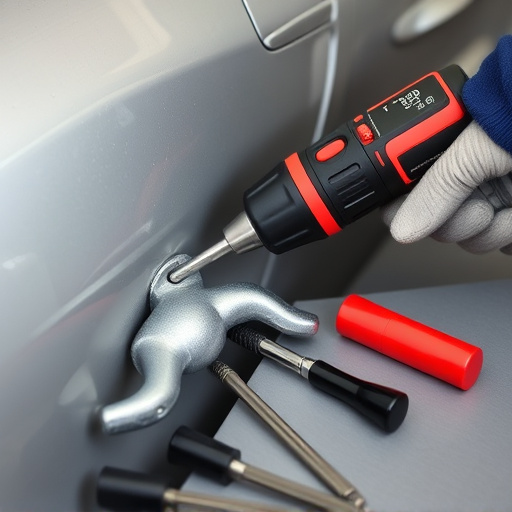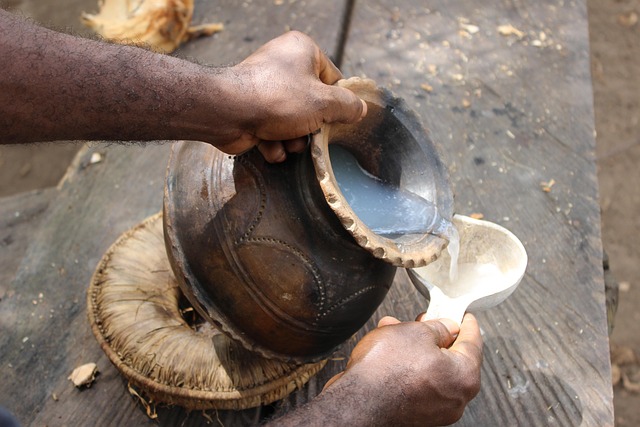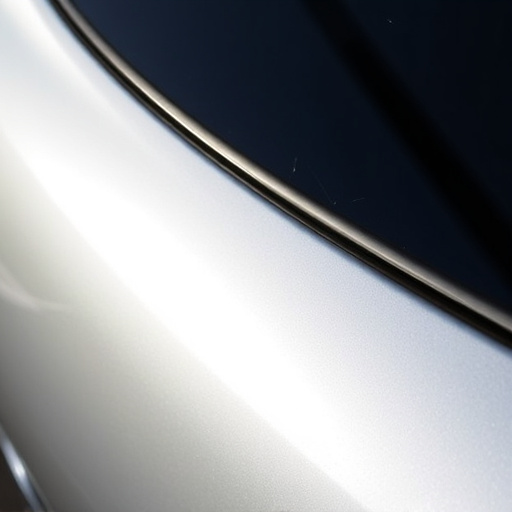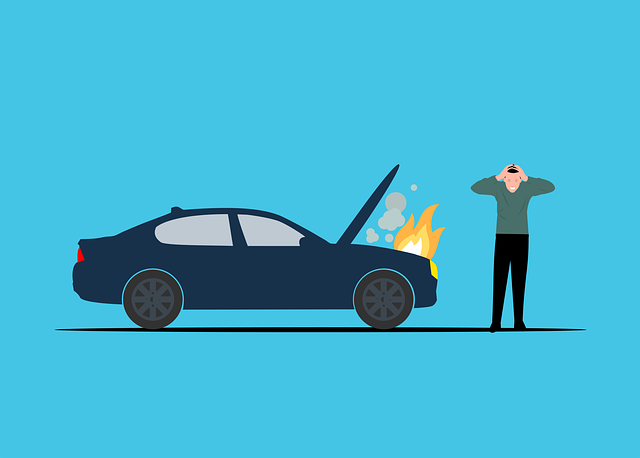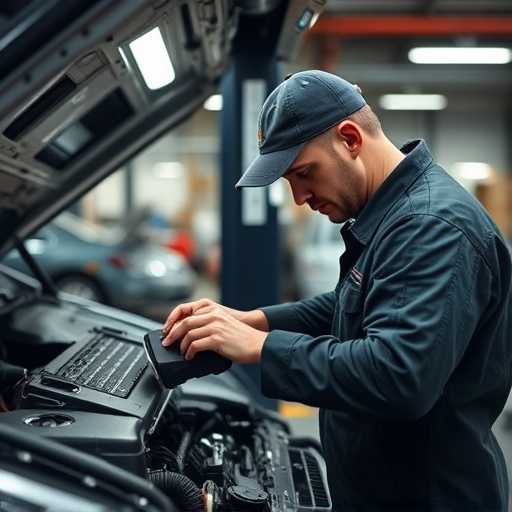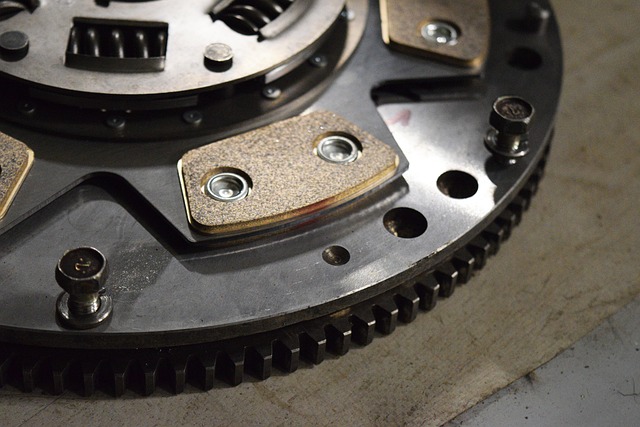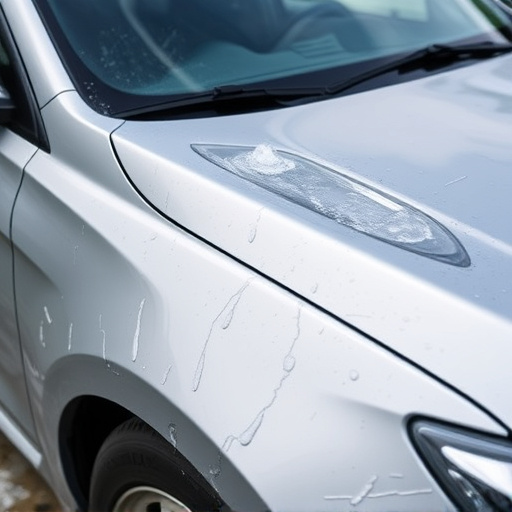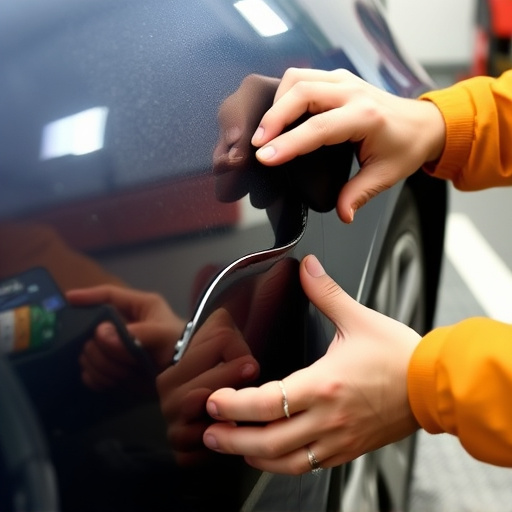PDR techniques have transformed dent repair, offering swift, eco-friendly alternatives to conventional methods. By minimizing painting and repainting, PDR reduces costs, time, and environmental impact while restoring vehicles to pre-damage condition. With advanced tools like robotics and AI, PDR continues to evolve, promoting sustainability and efficiency in the automotive industry.
PDR techniques have revolutionized the dent repair business, evolving from a niche practice to a prominent industry standard. This article delves into the transformative journey of dent repair, exploring how PDR (Paintless Dent Repair) has reshaped the landscape. From its modest beginnings, PDR has grown to offer numerous benefits: cost-effectiveness, faster turnaround times, and minimal paint damage. Moving forward, we examine the ongoing impact of PDR techniques and the innovations driving their success in today’s automotive market.
- Evolution of Dent Repair: PDR's Rise to Prominence
- Key Benefits: Why PDR Transformed the Industry
- Future Outlook: PDR's Ongoing Impact and Innovations
Evolution of Dent Repair: PDR's Rise to Prominence
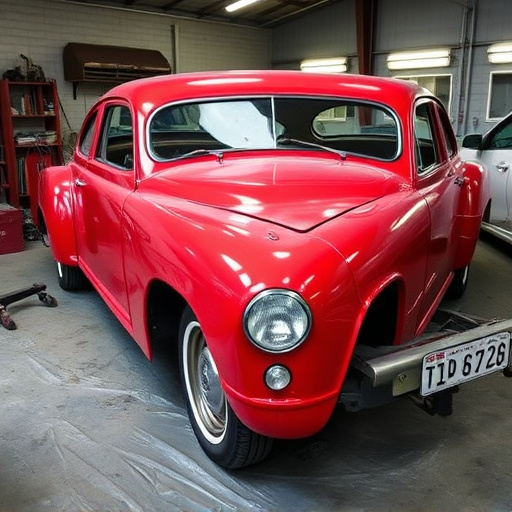
The evolution of dent repair methods has been a fascinating journey, with PDR techniques (Paintless Dent Repair) emerging as a game-changer in the auto maintenance industry. In the past, collision repair centers primarily relied on intensive and laborious processes to fix dents, often involving extensive paintwork and body panel replacements. However, with advancements in technology and an increasing demand for efficient, cost-effective solutions, PDR techniques have risen to prominence.
This innovative approach focuses on repairing dents without sanding or painting, preserving the original factory finish of the vehicle. By utilizing specialized tools and trained technicians, PDR offers a faster and more environmentally friendly alternative to traditional collision repair. As a result, car bodywork services provided by modern facilities are becoming more accessible, convenient, and affordable for folks seeking top-notch dent repair solutions.
Key Benefits: Why PDR Transformed the Industry
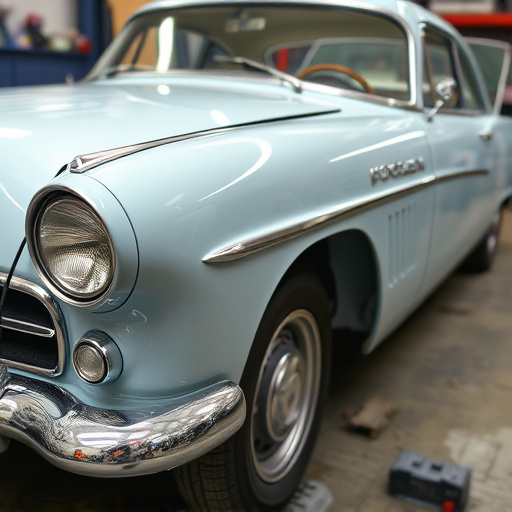
PDR techniques have brought about a significant transformation in the dent repair industry, offering numerous key benefits that have changed how auto repair shops approach cosmetic car damage. One of the most notable advantages is their ability to efficiently and cost-effectively restore vehicles to their pre-damage condition, thereby reducing the overall cost of hail damage repair and car scratch repair processes. This not only benefits customers but also enhances the sustainability of the industry by promoting efficient use of materials and resources.
Furthermore, PDR techniques are less invasive compared to traditional body shop methods, minimizing the need for extensive painting and repainting. This results in faster turnaround times and reduced environmental impact, as fewer volatile organic compounds (VOCs) are released during the repair process. With their precision and versatility, PDR technicians can expertly handle a wide range of damage, from minor dings and dents to more severe impact marks, making them indispensable for any auto repair shop aiming to provide top-notch services for their customers.
Future Outlook: PDR's Ongoing Impact and Innovations
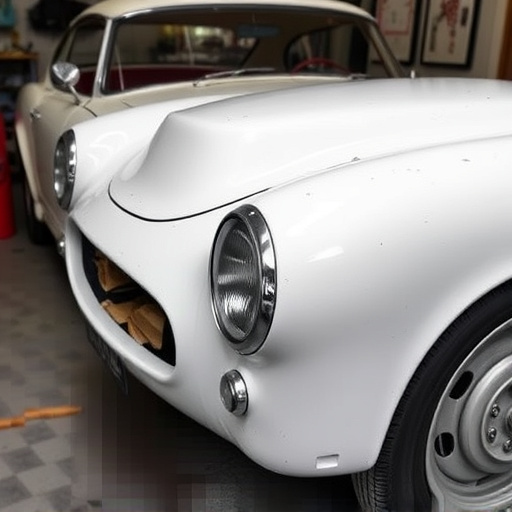
The future of PDR techniques promises continued innovation and enhanced efficiency within the automotive repair sector. As technology advances, professionals are leveraging new tools and methods to refine the art of vehicle paint repair. For instance, the integration of advanced robotics and AI-driven systems could streamline the body shop process, enabling faster turnaround times and improved precision in auto glass replacement and other intricate repairs.
Looking ahead, PDR’s impact will extend beyond mere aesthetics, influencing the overall sustainability of the industry. With a growing emphasis on environmental responsibility, eco-friendly PDR practices are expected to gain traction, reducing waste and minimizing the carbon footprint associated with traditional automotive repair methods. This ongoing evolution ensures that PDR remains not just a game-changer in vehicle paint restoration but also a driving force for a greener and more efficient future within the automotive industry.
PDR techniques have undeniably revolutionized the dent repair business, offering efficient, cost-effective, and visually appealing solutions. As we’ve explored through this article, these innovative methods not only benefit businesses by streamlining operations but also enhance customer satisfaction with their minimal disruptive impact on vehicles. Looking ahead, continuous advancements in PDR techniques promise to further refine this trade, ensuring its enduring significance in the automotive repair sector.

